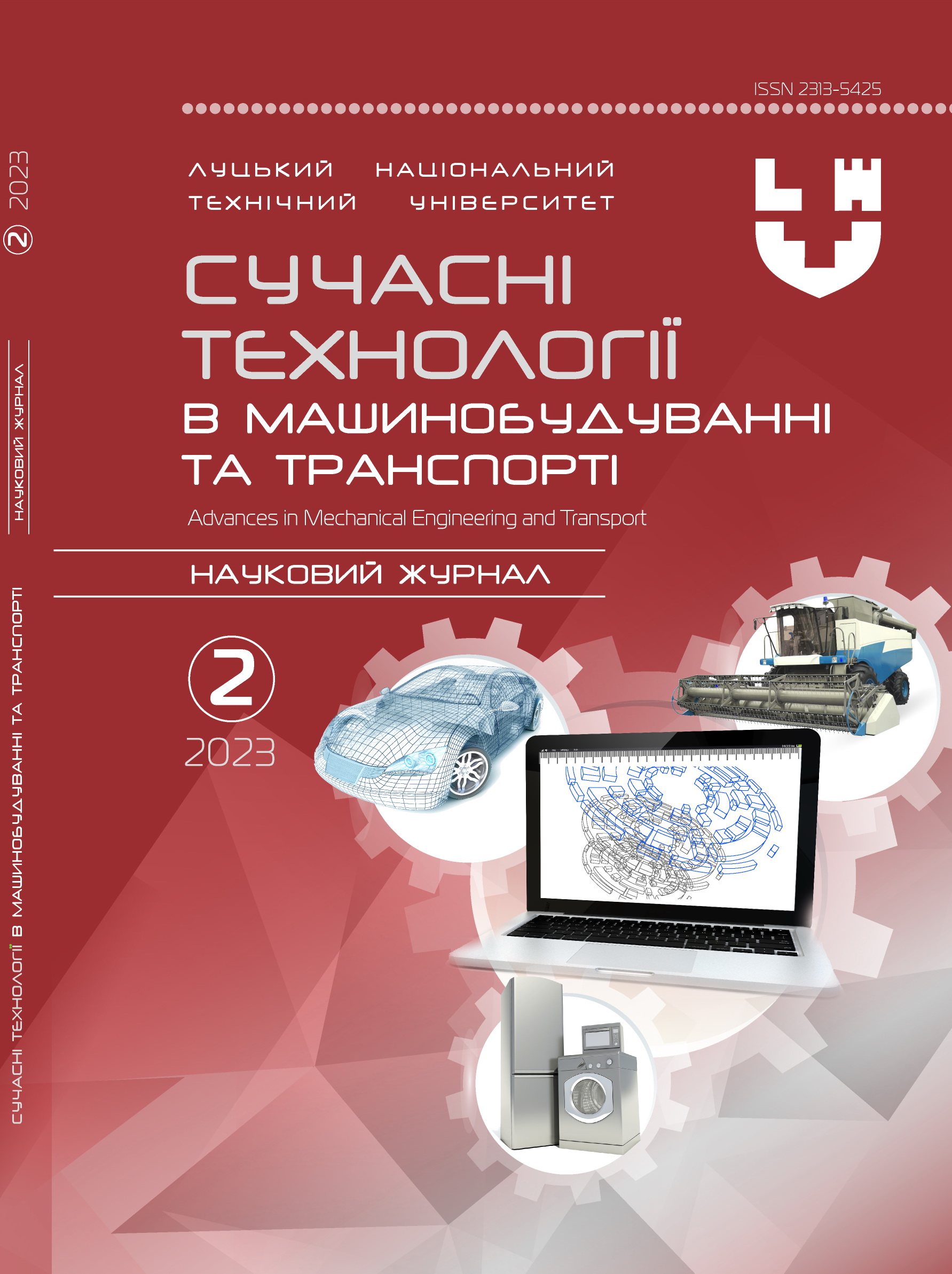Mathematical models and criteria of optimum power car service stations
Abstract
The work examines models of open mass service systems with limited queue length for three forms of organization of the car maintenance station: А – without mutual assistance of performers; B – with partial mutual assistance of performers; C – with full mutual assistance of performers.
The formulas for determining such characteristics of mass service system models for a car service station as: the probability that all posts of a car service station are free are clarified and given; the probability that all posts of the car maintenance station are occupied by maintenance; probability of losing the application; the probability that all posts are occupied by service and there is a certain number of applications in the queue; the average number of car service station posts occupied by service; the average number of applications in the queue; the number of cars that left the queue; the average time cars are in the queue.
The presented diagram of the relationship between the forms of work organization in a car service station and the levels of competition in the car service market provides an opportunity to choose one of the three models of the mass service system for calculating the optimal capacity of the service station.
At the stage of designing car maintenance stations, the need to take into account the generally accepted criterion of the optimal capacity of a car maintenance station - the payback period of capital investments is substantiated. It is recommended to adjust the current costs of the production activity of the car maintenance station with such variable parameters as: the number of posts of the same purpose; the number of workers at one post with a certain rank; qualification of workers of a certain grade; number of equipment of the same name; shift duration, including overtime work.
The method of dynamic programming is characterized, which involves calculating the efficiency factor of each step from increasing (decrease) the number of a certain resource. The revenue component of the objective function of the profit of the car maintenance station is set as a function of the number of services, which directly affects the value of the load factor of the capacity of the car maintenance station.
The mathematical apparatus considered in this study can be used both at the initial stage when creating car maintenance stations, and for optimizing the capacity of the car service under various forms of competition.
Keywords: car, performer, application, probability, service, post, capacity, mass service system, service station.




